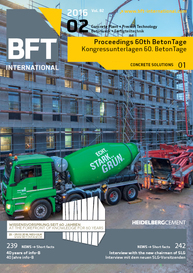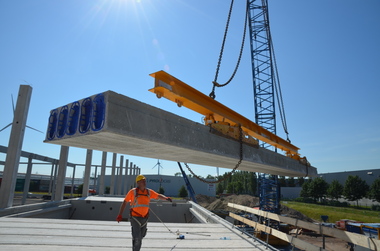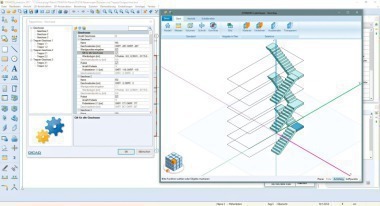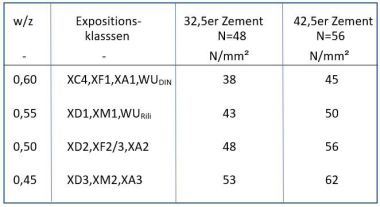Revision of DafStb Heft 220 and 240
Hefts (Issue) 220 [1] and 240 [2] of the German Committee for Reinforced Concrete (DAfStb) have been intensively used by engineers in day to-day practice since the first edition. They have proven to be valuable tools for structural design and independent checking. The first edition of both guidelines accompanied the new version of DIN 1045 (published in January of 1972). Heft 220 provided notes, tables and nomograms for cross section design (bending with normal force, shear strength, torsion) in the ultimate limit state (ULS) and safety against buckling. Heft 240 provided assistance and...







